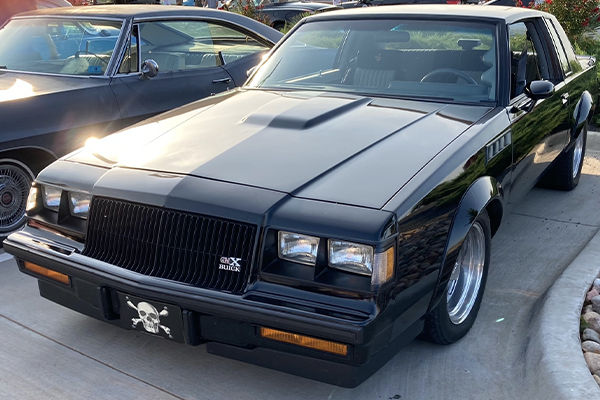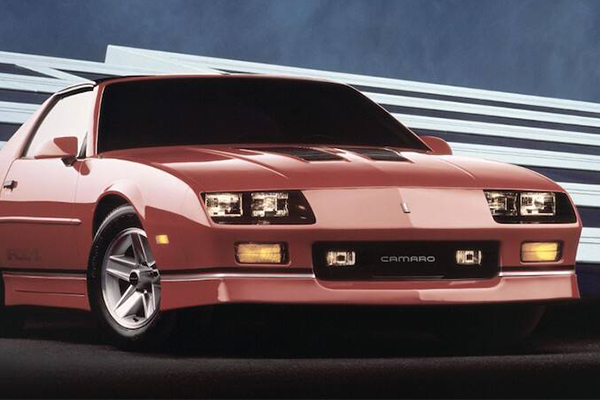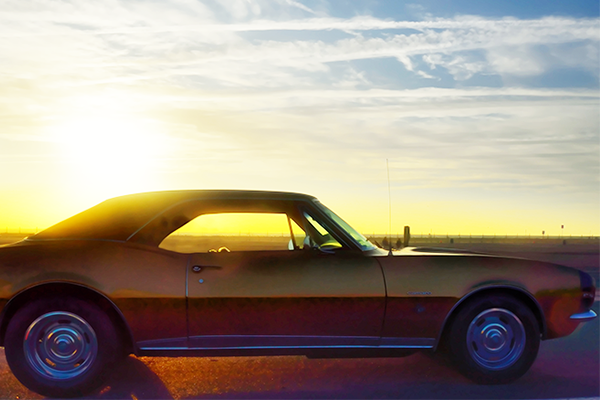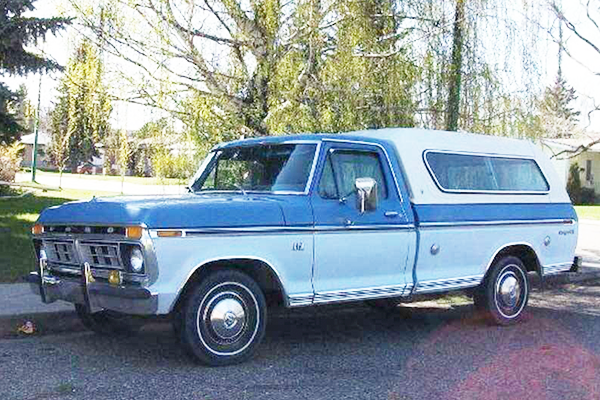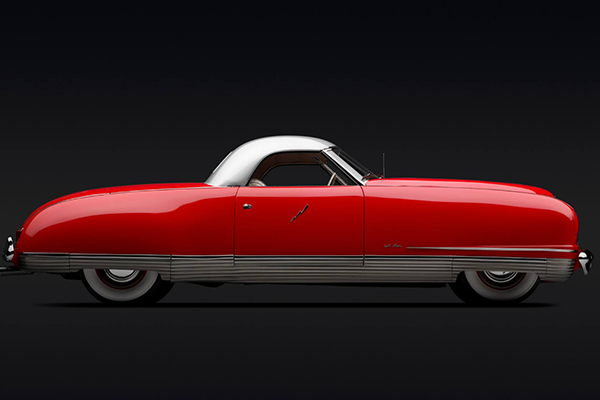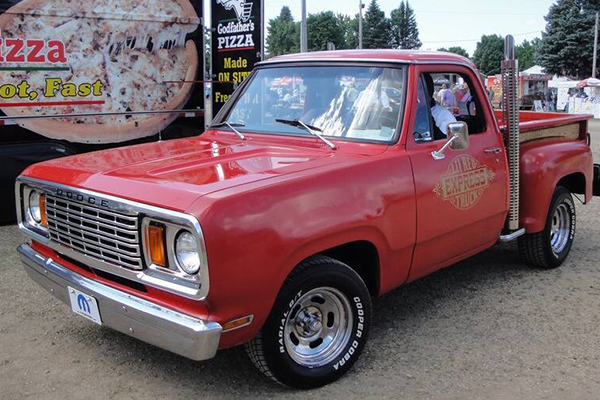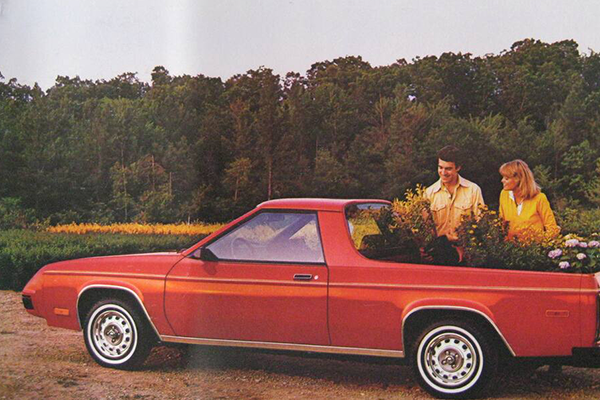As recently as seven years ago, it was unthinkable that the Mitsubishi Lancer Evolution could be on its last legs. Fully redesigned for 2008, the Evo built on its legendary rally-car heritage with even more turbocharged power and its most sophisticated all-wheel-drive system yet. Dubbed "Evo X," it graced the cover of seemingly every magazine in the industry, promising near-supercar performance for the price of an entry-level BMW 3 Series.
But then the recession arrived, severely depressing demand for thirsty thrill-machines. In point of fact, Mitsubishi didn't even build any Evos for 2009. And when the economy eventually rebounded, the Evo X just couldn't get back on its feet. 2015 marked the final year Mitsubishi produced the Evo, and we said goodbye to one of Japan's true performance juggernauts. Let's give the Evo a curtain call by remembering what made it great.
Invincible AWD handling
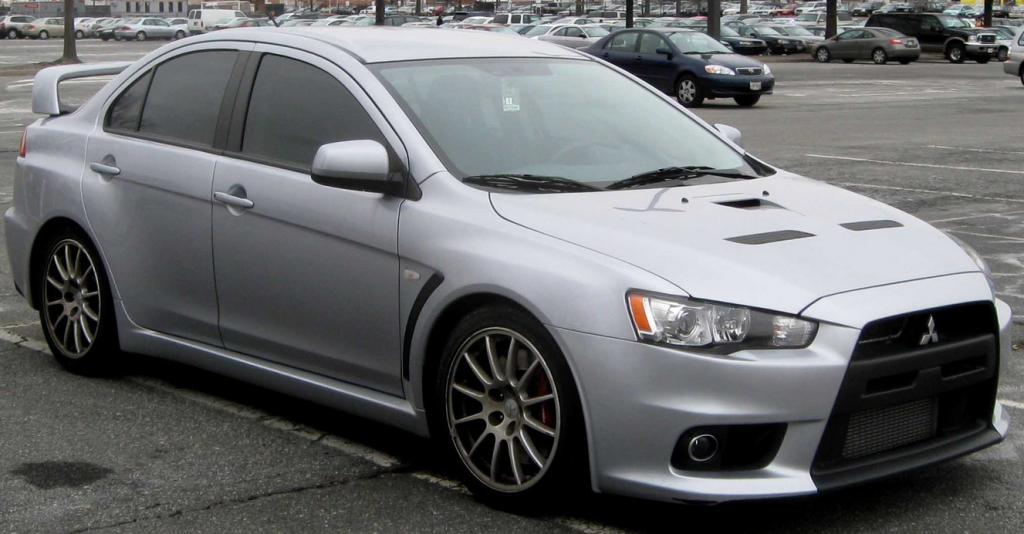 2008 Mitsubishi Lancer Evolution
2008 Mitsubishi Lancer Evolution
The rally-derived Evo has always utilized a fancy AWD system to optimize handling, but in the United States, we didn't get the full treatment until the Evo X arrived. The big news was the debut of Active Yaw Control (AYC), an electronically controlled feature that automatically transfers torque to the wheels that have the most traction. It was a revelation on the road, eliminating understeer in tight corners and making the Evo feel like it was quite literally on rails. Not many cars in the world could keep up, regardless of price.
Of course, some Americans were a bit miffed that they had to wait so long for an unadulterated Evo to arrive. In Japan, AYC had been offered since the mid-'90s, going back to the Evo IV, but Mitsubishi didn't sell the car stateside till the Evo VIII turned up in 2003 — and neither that car nor its successor, the Evo IX, had AYC. Still, one spirited drive was typically all it took to heal those wounds. The Evo X stands as one of the best-handling cars ever created, and we can only hope that there's a reborn Evo XI somewhere in Mitsu's future.
Awesome acceleration
Mitsubishi Lancer Evolution | Mitsubishi
A remarkable fact about the Evo is that it has been extremely fast forever, dating back to the Evo I's debut in 1992. That car carried a 2.0-liter turbocharged 4-cylinder engine that pumped out nearly 250 horsepower, and by the time the Evo III came out in 1995, the turbo-4 was up to 270 horsepower, which is roughly where it's been ever since. Technically, the Evo X's 2.0-liter turbo-4 is from a new aluminum-block engine family, supplanting its iron-block predecessors. It's also rated at a slightly higher 291 hp.
But in terms of real-world acceleration, an Evo is an Evo, regardless of vintage. Plus, the older iron-block design is more receptive to major modifications. The one thing the Evo X really has going for it in the powertrain department is its available dual-clutch automated manual transmission, which rips off ultra-quick shifts that no stick-shift driver can match.
Four-door practicality
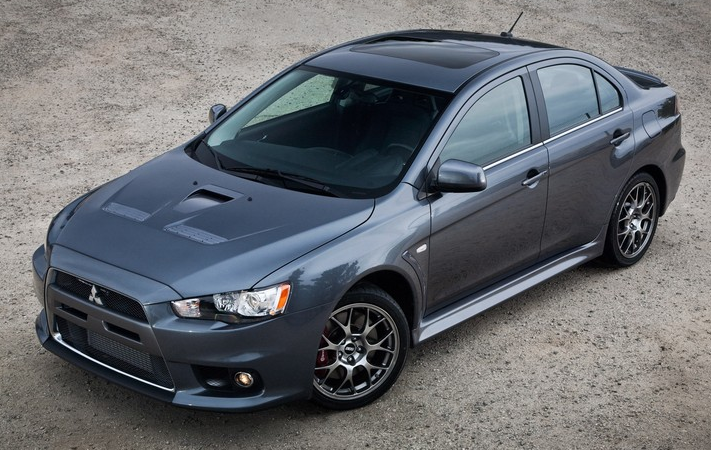 2014 Mitsubishi Lancer Evolution MR Touring photo
2014 Mitsubishi Lancer Evolution MR Touring photo
The Evo's full name is "Lancer Evolution," underscoring its sensible origins as a compact Lancer sedan. Indeed, this sports-car-shaming dynamo is nearly as practical as a Corolla in daily driving, from its reasonably roomy backseat to its serviceable trunk. Sure, you could get a Nissan GT-R for three times the price, but it's a glorified two-seater that feels bulkier. Naturally, the Evo's impeccable handling comes at a cost in the ride-quality department, but we've never heard enthusiastic owners complain.
This is a bucket-list kind of car. If you have driven one, what were your impressions? Give us some highlights in the comments.


